Caladium color question
charles kidder
last year
Featured Answer
Sort by:Oldest
Comments (9)
Tiffany, purpleinopp Z8b Opp, AL
last yearcharles kidder
last yearRelated Discussions
Caladium bulbs question..
Comments (1)I would take a look. I have trouble growing them at temperatures less than 8o degrees in the bulb stage. Once they are up they will take lower temperatures. Al...See MoreCaladium question.
Comments (3)My Caladiums send up a flower spike frequently and I cut them off as soon as I am sure thats what it is. It adds nothing to the beauty of the plant and I don't want to waste the plants energy. Al...See MoreCaladiums in Pots...questions??
Comments (1)Keep them evenly moist, which is just a little wetter than damp. They don't mind wet feet, as long as there is some air in the soil. Mulch if you wish. A case can usually be made for not mulching unless it's a necessity to get you from opportunity to opportunity when it comes to watering, but with this plant's tolerance for wet feet, it doesn't matter. Al...See MoreWhy are my caladium leaves growing in a different color?
Comments (3)Hem Krish, a sport is when a plant develops a new growth point that is different from the rest of the plant. such as when a normally green leafed plant develops a side shoot that is variegated. Or a plant that flowers a particular color develops one branch that flowers in a different color. I'm not sure if here was anything that you could do to cause the caladium to continue to grow with the new leaves unless they are only on those particular growing points and continue in that way. If that is the case you could at some point divide the tuber/corm and keep that "sport" separate....See MoreTiffany, purpleinopp Z8b Opp, AL
last yearken_adrian Adrian MI cold Z5
last yearrhizo_1 (North AL) zone 7
last yearkatob Z6ish, NE Pa
last yearcharles kidder
last yearrhizo_1 (North AL) zone 7
last year
Related Stories
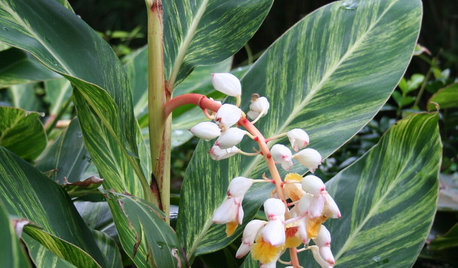
GARDENING GUIDES7 Tropical Bulbs for a Summer Garden That Wows
Try these stunners in summer's powerful heat for garden thrills with an exotic flair
Full Story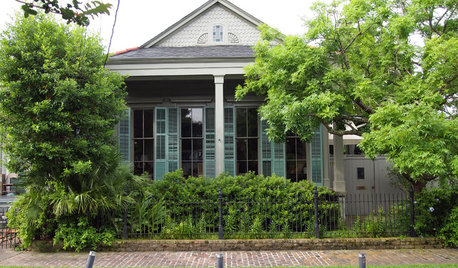
HOUZZ TOURSMy Houzz: Peek Inside an Artist’s Updated Shotgun Home and Studio
Gorgeous art and elegant style befit this New Orleans live-work property
Full Story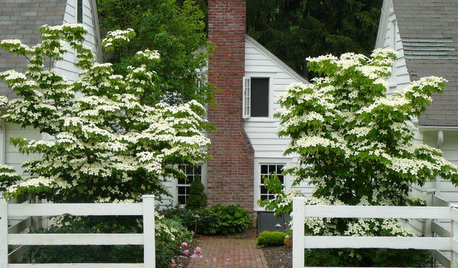
MOST POPULAR20 Ways to Work White Magic in Your Yard
Create enchanting outdoor spots with fresh white fences, florals and furniture
Full Story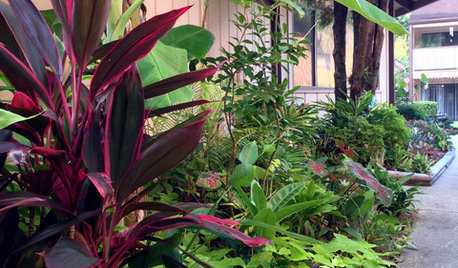
GARDENING GUIDESA Mom, a Garden and a Gift for the Neighbors
Gardening can be therapeutic in unexpected ways. See how one gardener found peace and purpose in a patch of Florida soil
Full Story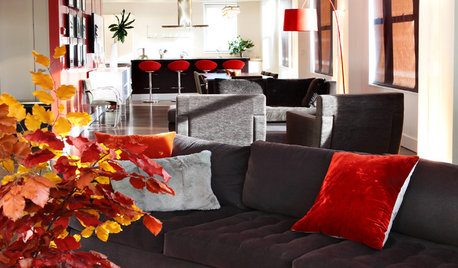
DECORATING GUIDESDecorating for Fall When It Still Feels Like Summer
Even if sandals and shorts are your year-round attire, you can still subtly dress your home for autumn
Full Story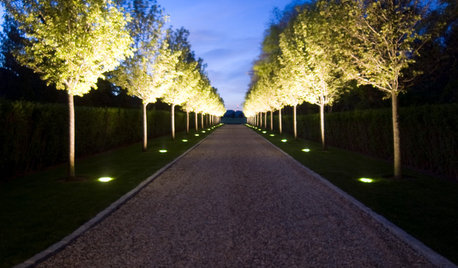
LANDSCAPE DESIGN6 Suggestions for Harmonious Hardscaping
Help a sidewalk, driveway or path flow with your garden design, for a cohesive and pleasing look
Full Story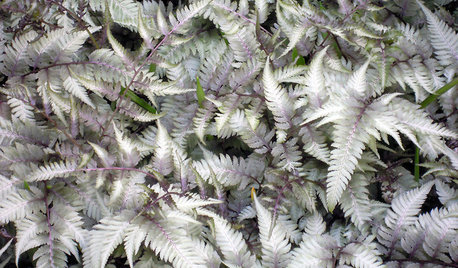
GARDENING GUIDESGreat Design Plant: Japanese Painted Fern Weaves a Garden Tapestry
Bring striking colors and texture to your woodland garden with Athyrium niponicum var. pictum
Full Story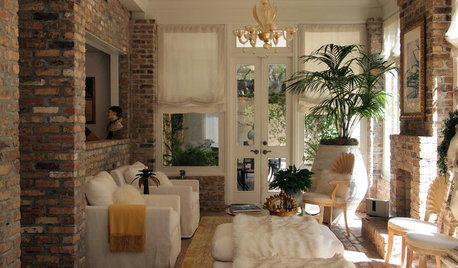
HOUZZ TOURSMy Houzz: Stately Southern Charm in a Federalist-Style Home
Moss-covered oak trees, European antiques and contemporary style set off this Louisiana home
Full Story


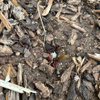


Tiffany, purpleinopp Z8b Opp, AL